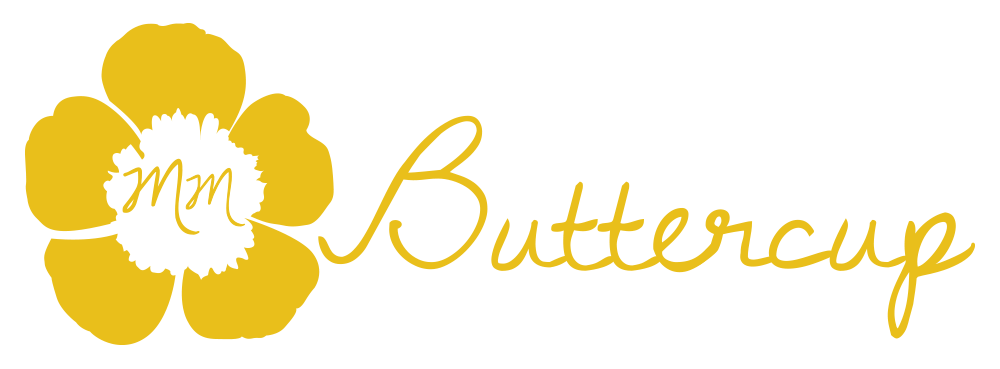Toys are such an important part of childhood. A great toy can bring back fond memories years after it is gone. Toys can serve as a learning tool for children. I had the pleasure of visiting a toy store on a recent trip to Disney Springs in Orlando, Florida. Here is where we bought my child’s first Mr. Potato Head. For less than $20, she could fill up a box with any parts she wanted. There were so many accessories to choose from. During the shopping trip, I wondered what kinds of embedded learning opportunities we could experience from Hasbro’s Mr. Potato Head.
Here are some possible ways Mr. Potato Head can inspire fun and learning. By placing the body parts and accessories into the defined spaces, children are practicing their fine motor and eye-hand coordination skills. They will grasp objects with the palm of their hand, use fingers to make a pincer grasp, bring the potato and objects to mid-line, and hold the potato while using the opposite hand to perform different functions (like place a hat on the potato).
Early math development can occur when kids use one-to-one correspondence, count, and sort the Mr. Potato Head objects. Children are using their creativity when deciding how to dress up their potato. Pretend play happens when children use Mr. Potato Head to make up stories and scenarios. My daughter’s Mr. Potato Head got sick and she got out her “doctor’s kit” and made him better. Children can label body parts when they experiment with the eyes, ears, arms, and nose. Color concepts, shapes, and sizes can be discussed when playing.
Play with children and follow their lead. In a non-intrusive way, create embedded learning opportunities when the timing is right for the child based on his/her interests and motivation. A toy can become so much more than just what we see on the shelf at the store. A toy can be a teacher, map to exciting places, and comfort object. Mr. Potato Head comes to life when children are engaged in play.


